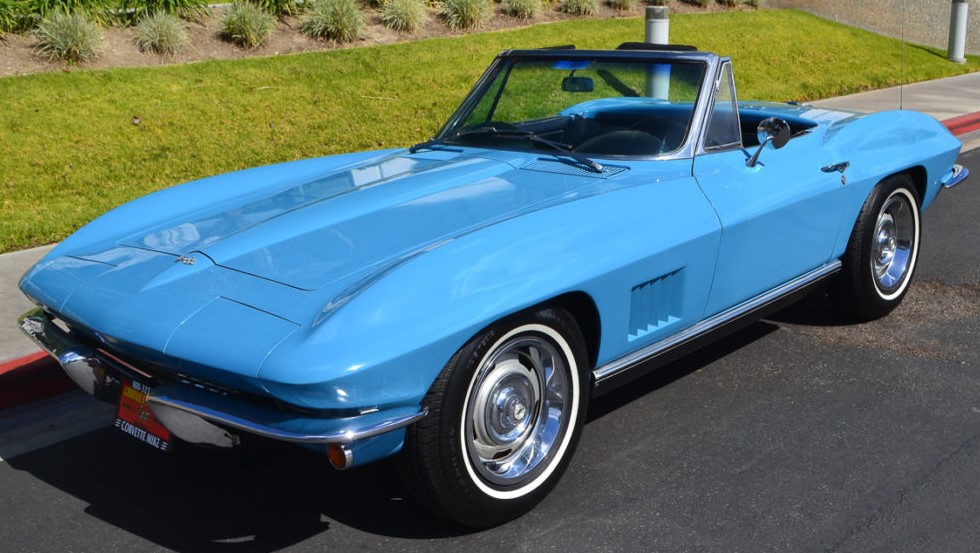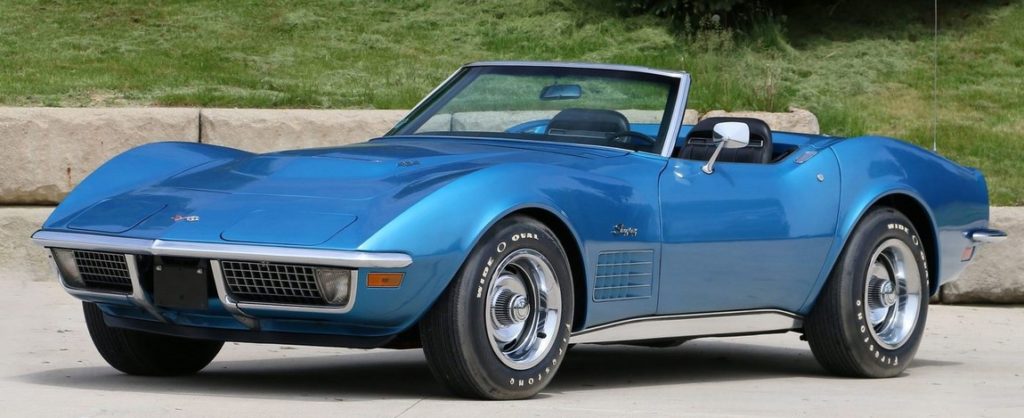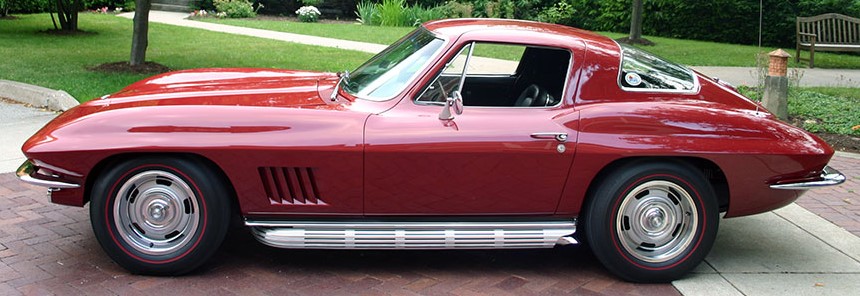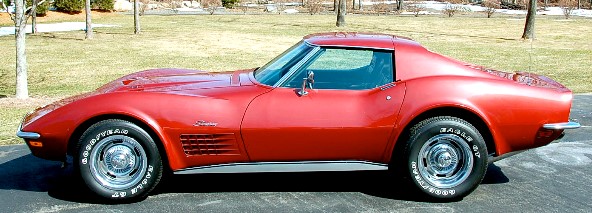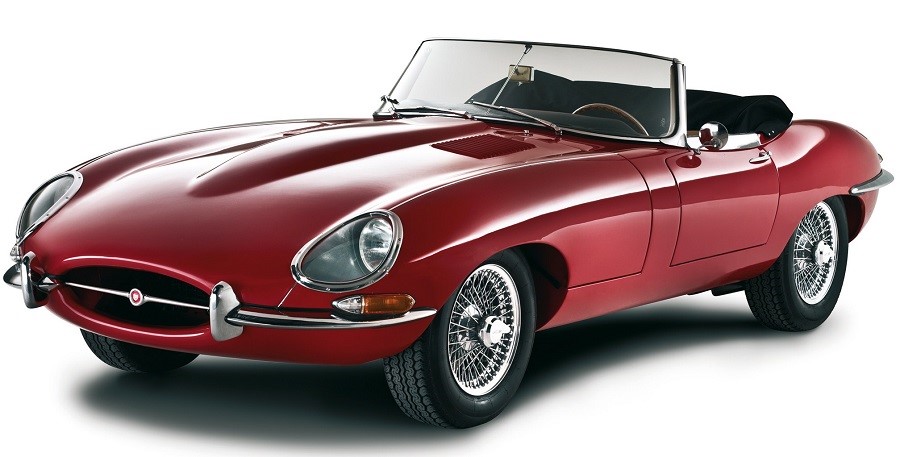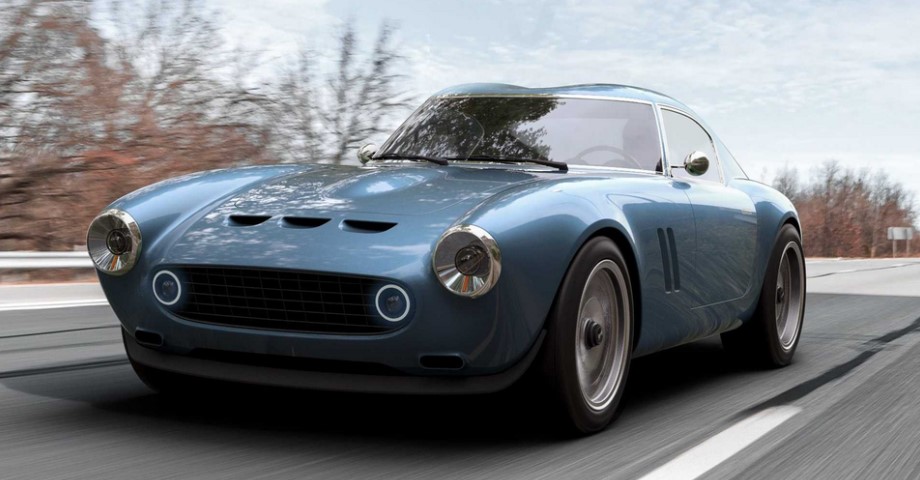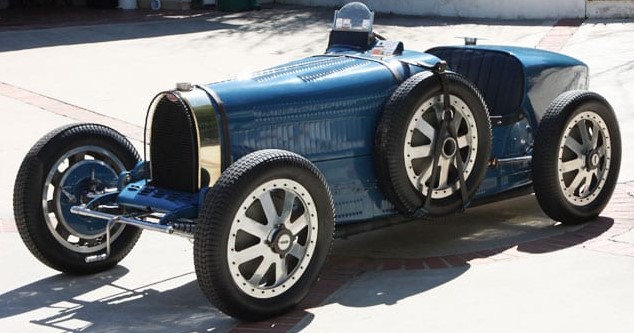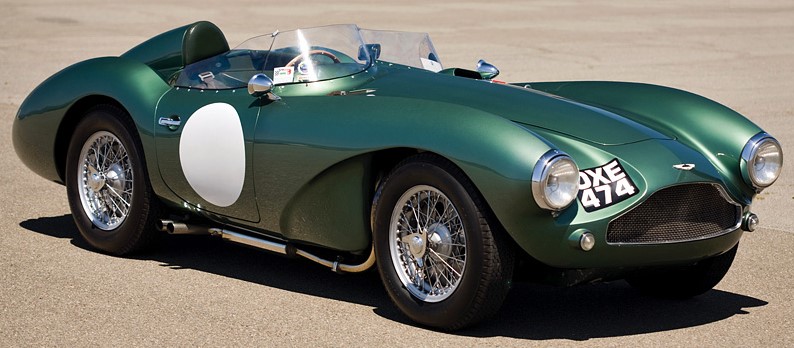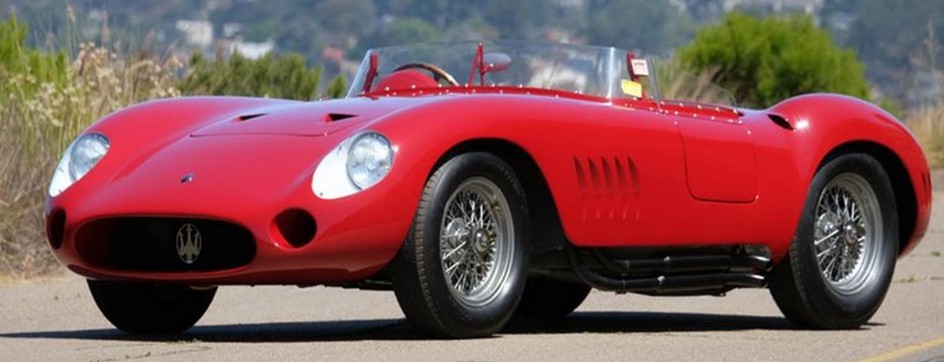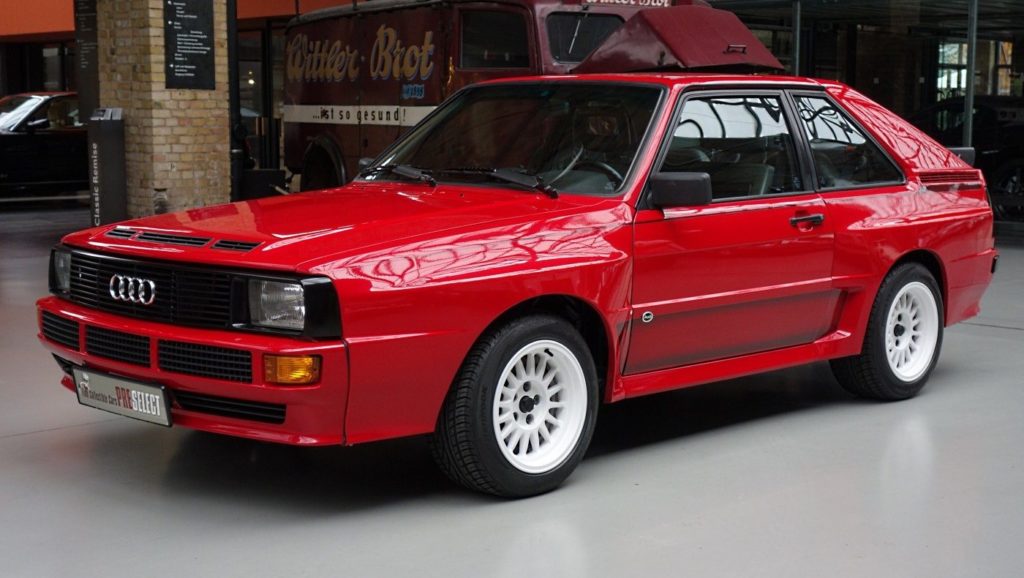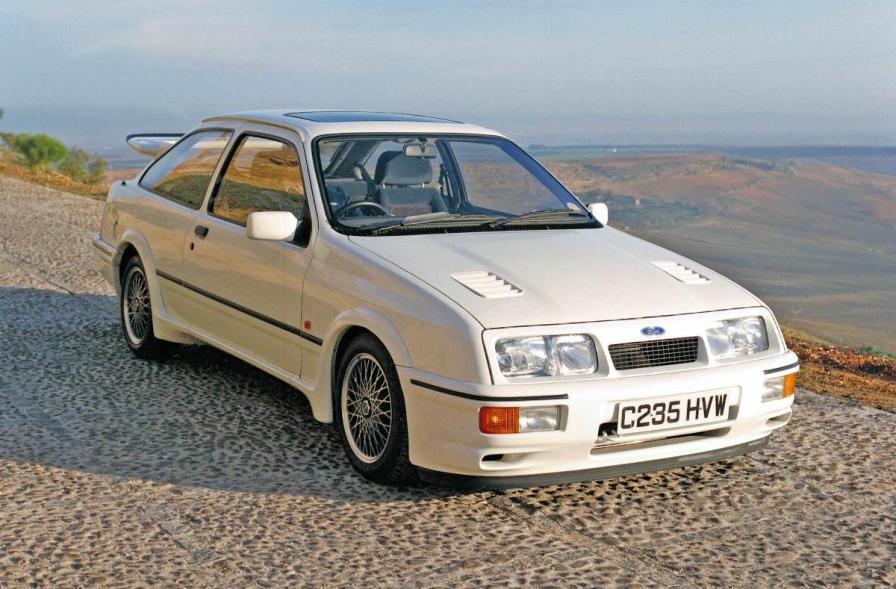Here’s something you don’t see every day (link in headline):
The Plus Four gets a 2.0-liter TwinPower Turbo good for 255 horsepower at 5500 rpm and 258 pound-feet of torque between 1000 and 5000 revs. You can choose between a six-speed manual or an eight-speed automatic transmission. Get the automatic, since it gets to 62 mph quickest, in 4.8 seconds*.
The Plus Six gets a BMW B58 TwinPower Turbo inline-six making 335 hp at 6500 rpm and 369 pound-feet, with 62 mph coming up in a brisk 4.2 seconds.
Those horsepower numbers are relatively tame by modern standards, until you remember that Morgans are made with a wooden (ash) frame which makes the average Morgan body weigh considerably less than, say, Lizzo after a chicken dinner, so the Beemer engines make the cars go like hell… that is, until you get to the corners, whereupon the Morgans corner about as well as the Morgans of, say, 1930.
But anyway, those aren’t the changes; these are.
A new hood keeps the water out of the engine compartment and eliminates the need for those hood rail fasteners
“Vastly improved” seals around the windows and doors, again to keep the rain out, along with some noise
A new Morgan “wings” badge, the first new badge in 10 years
Active sport exhaust lets you set the sound level of your four- or six-cylinder
New seats offer more comfort and better bolstering
Lockable storage
More lights inside
USB ports!
In other words, Morgans are being brought into the 20th [sic] century. Other than that revolting “active” (i.e. “fake”) sport exhaust system, all the other mods have been in practically every other production car since about 1966.
All that said, however:

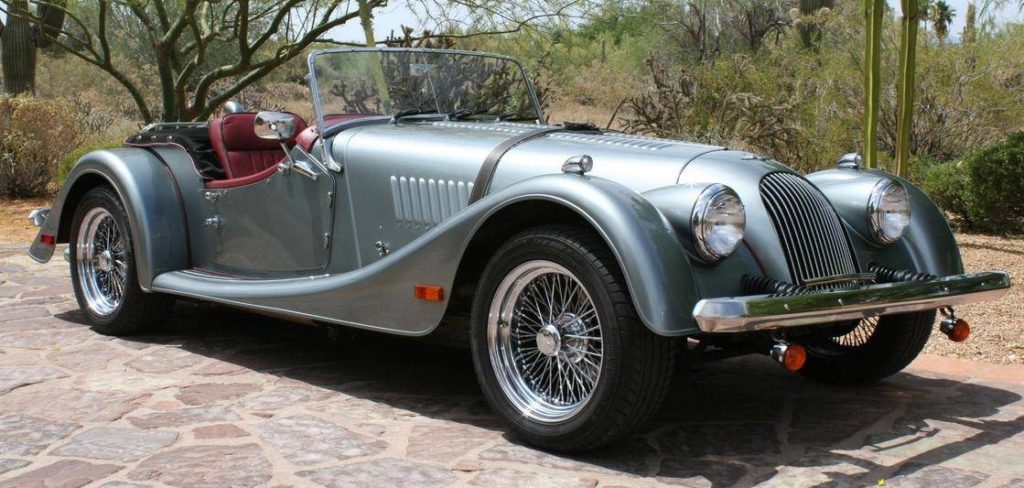
Yeah, like I wouldn’t take one if offered…
*No, don’t “get the automatic, since it gets to 62 mph quickest, in 4.8 seconds”, because the joy of working the Morgan’s gears is far greater than getting to 62mph in seven-hundredths of a second quicker. If the goal is to get to 62mph quickly, don’t get a Morgan; get a Honda Civic Type R (for two-thirds the price). The only difference is that you won’t swoon with joy every time you walk into your garage. You moron.


